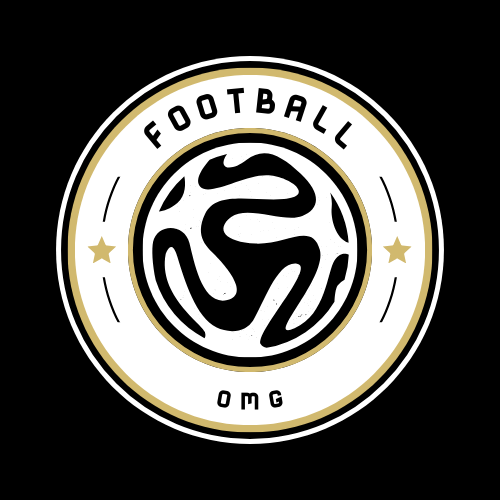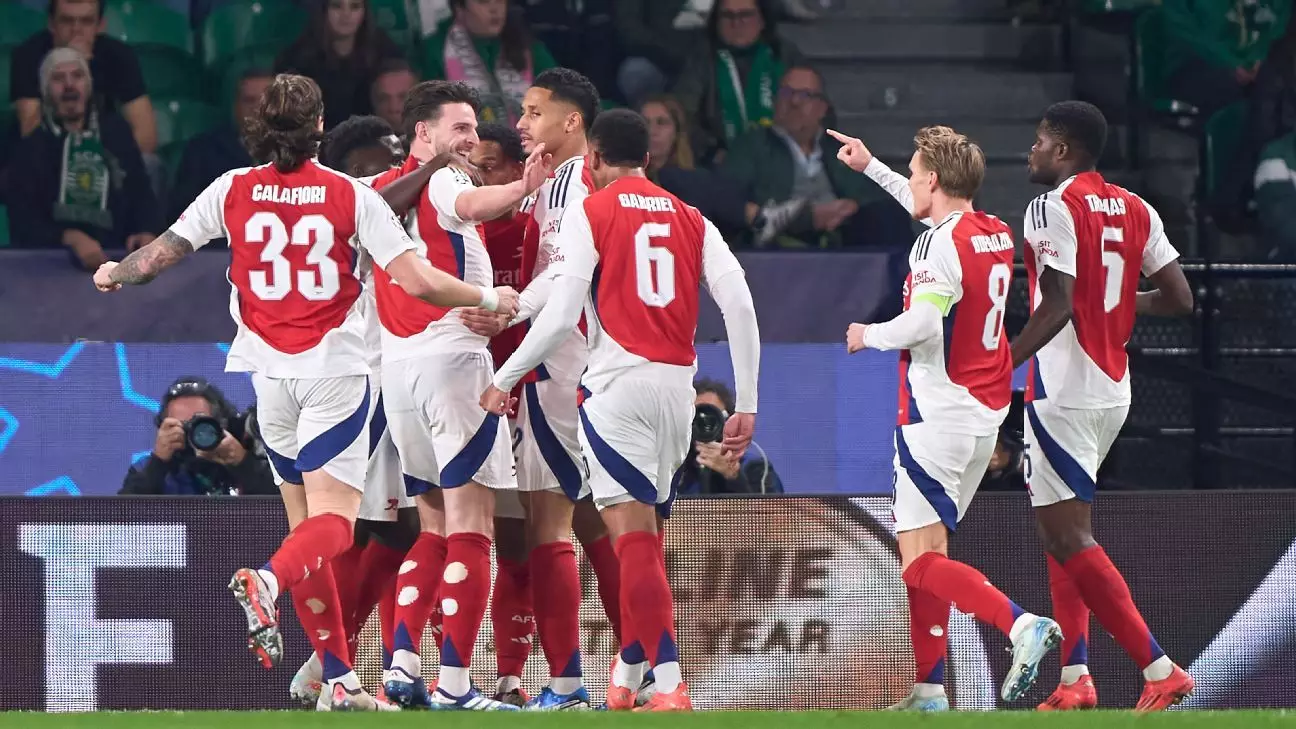The prestigious UEFA Champions League, Europe’s premier club football tournament, is gearing up to enthrall fans as the competition reaches its round-of-16 stage. This pivotal phase follows a restructured format that brings unique elements and intrigues to the knockout rounds. In this article, we’ll explore the details surrounding the draw, the dynamics of progression for participating clubs, the implications of team placements, and the schedule for the matches ahead.
The draw for the round of 16 is scheduled for February 21, taking place at 6 a.m. ET (11 a.m. GMT). This procedure marks the transition from group stages to knockout rounds, showcasing the elite clubs that have secured their places. Notably, the top eight teams from the league phase will enter the draw directly, along with the four winners emerging from the knockout playoff rounds.
Teams such as Arsenal, Aston Villa, Atlético Madrid, and Bayern Munich are part of this elite group. The knockout playoff round involves those clubs ranked ninth to twenty-fourth, with second-leg matches taking place shortly before the draw. This means that the outcomes of these playoff ties directly influence who will compete in the round of 16 and against whom.
Structuring the Knockout Brackets: New Format Explained
One of the significant changes in this season’s tournament dynamics is the method of organizing the knockout bracket. Unlike previous formats, where teams were drawn against one another, this year’s arrangement aligns teams based on their final positions in the league phase. For example, the top-placed clubs can only face teams ranked from 15th to 18th, thereby creating a more organized and predictable flow in the round of 16.
This new structuring method allows for a clear visualization of potential matchups all the way through to the finals. Each pair of teams in the top eight will occupy opposite brackets to ensure they cannot meet until later stages, thus preserving the excitement for a possible high-stakes clash.
The draw starts with the lower-ranked teams, beginning from the seventh and eighth placements, before moving to the higher-ranked pairs. The strategic implications are profound, as clubs such as Liverpool and Barcelona will be shuffled into their respective brackets based on their draw outcomes. For instance, once the first team is drawn, it sets a precedent for where the second team will land, effectively defining particular paths for clubs to reach the quarterfinals.
It’s also crucial to recognize that clubs from the same country may face each other in this knockout format, adding another layer of strategy and rivalry into the mix. The tournament design ensures that the top half of the bracket is significantly more competitive than the lower half, leading to potential matchups closely watched by fans and analysts alike.
As the excitement mounts, the match schedule is confirmed. The first legs of the round of 16 will occur on March 4-5, followed by the second legs on March 11-12. This pattern continues into the quarterfinals and semifinals, with dates earmarked for April and May respectively. Fans will eagerly anticipate each matchup, particularly in light of the unpredictable nature of knockout football.
– Quarterfinals: First legs on April 8-9 and second legs on April 15-16.
– Semifinals: First legs on April 29-30 and second legs on May 6-7.
– The final: Set for May 31 at the Allianz Arena in Munich, marking the culmination of a season filled with intense competition.
The Impact of Squad Changes and Regulations
An interesting aspect of this year’s competition involves the possibility for clubs to make three changes to their official squad during the winter transfer window. This maneuverability could influence performances during knockout stages significantly, as teams seek to optimize their squads. However, clubs are limited to registering up to 25 players, meaning careful decision-making will be crucial.
For instance, clubs like Manchester City, which have signed multiple players, must navigate the registration process judiciously to enhance their chances in the tournament without breaching squad limitations.
As the UEFA Champions League heads into the round of 16, excitement is sure to build. The new structure, potential matchups, and the consequences of strategic team placements all promise enthralling football action. The culmination of many months of determination and skill leads to these high-stakes matches, where glory awaits, and history can be made. Fans around the globe look forward to witnessing how each club navigates the path to the ultimate prize in European football.

